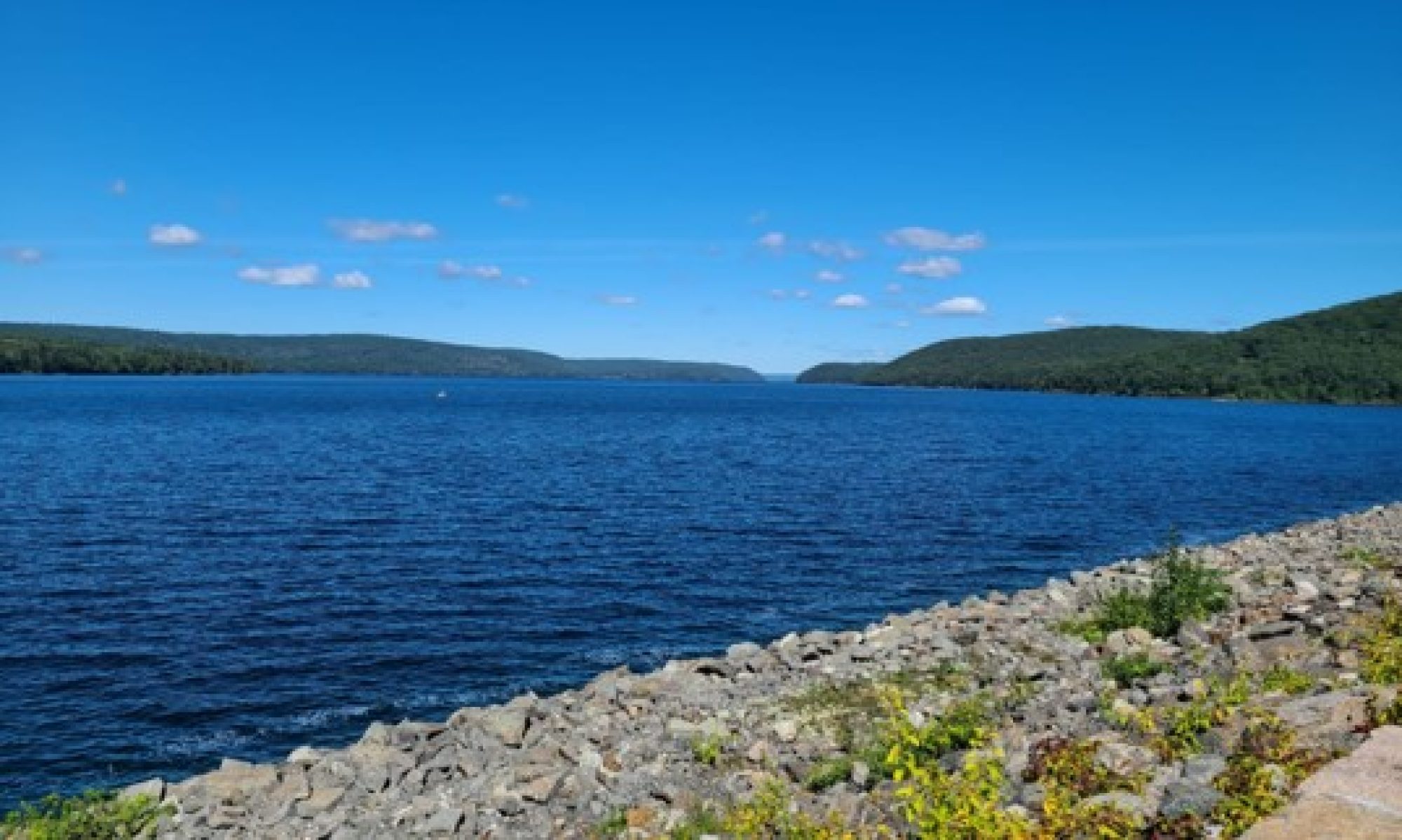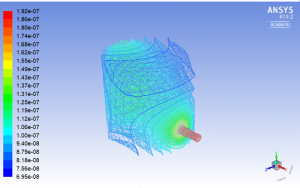Research interview with Savannah Wunderlich:
Author: Stephen Stamegna
Background:Savannah Wunderlich is a Masters student in the Environmental and Water Resources engineering program and a graduate member of the Kumpel Research Group and Hydrosystems Research Group at the University of Massachusetts Amherst, currently pursuing a degree in the field of water resources management.
Q: Could you tell me a little bit about your project?
A: Basically, there is a set of researchers within the Hydrosystems Research Group who are studying and building a simulation model of the water supply system in Mexico City. The purpose of this is to provide the decision makers in the city with a tool that they can use to evaluate different improvement measures that they can take when updating their water supply. The model currently operates under the assumption that everyone in Mexico City receives their water from the tap. However, in reality, a lot of people receive their tap water intermittently, and so rely other sources such as water trucks and bottled water at the household level. Therefore, what I’m contributing to this project is a household level model that considers these other water supply sources. The overlap with Dr. Kumpel’s research group is the household level analysis and the incorporation of intermittent supply.
Q: What do you hope to achieve through this research?
A: The ultimate goal is to build a large model that can be handed off to decision makers in Mexico City that they can use compare potential improvement options that can be made to the water supply system.
Q: As of now, what are your materials and methods for conducting your study?
A: Right now, all of my work is computer-based MATLAB analysis of existing water availability and pricing data to determine where households are actually getting their water from. When a household runs out of city-supplied water due to intermittent supply, it is important to determine what the next best option is in terms of source water. We are assuming that a household will make an optimal decision to maximize their water supply while minimizing their costs to determine which sources they will use.
Q: Have you experienced any complications in your research?
A: Yes. I have not been exposed to programming since my early undergraduate career. Therefore, this level of programming has been a learning curve but an enjoyable process nonetheless.
Q: Have you figured out how to solve these complications?
A: As I work through the problems, I am finding that trial-and-error has been the main method for overcoming programming issues. Additionally, there are other lab group members who are more experienced in programming who have been able to lend me their knowledge as well.
Q: How does your research relate to the research group at large?
A: My research is similar to Dr. Kumpel’s research because I’m analyzing intermittent supply and alternative sources of water. The Kumpel Research Group has expertise in intermittent supply and household surveys which has been really helpful in my work.
Q: Why did you get involved in research?
A: Research is something that I didn’t have much of a chance to get involved in during my undergraduate career. I think it’s such a rich component of the academic experience, and I knew that I wanted to do a research-based graduate degree so that I could expand my horizons.
Q: Why do you like your project in particular?
A: I really like that it’s a cross between two very different research groups. Programming, which is a large part of the Hydrosystems Research Group, is a very useful skill to learn. Meanwhile, the Kumpel Research Group provides exposure into the more nuanced field of household decision making.








